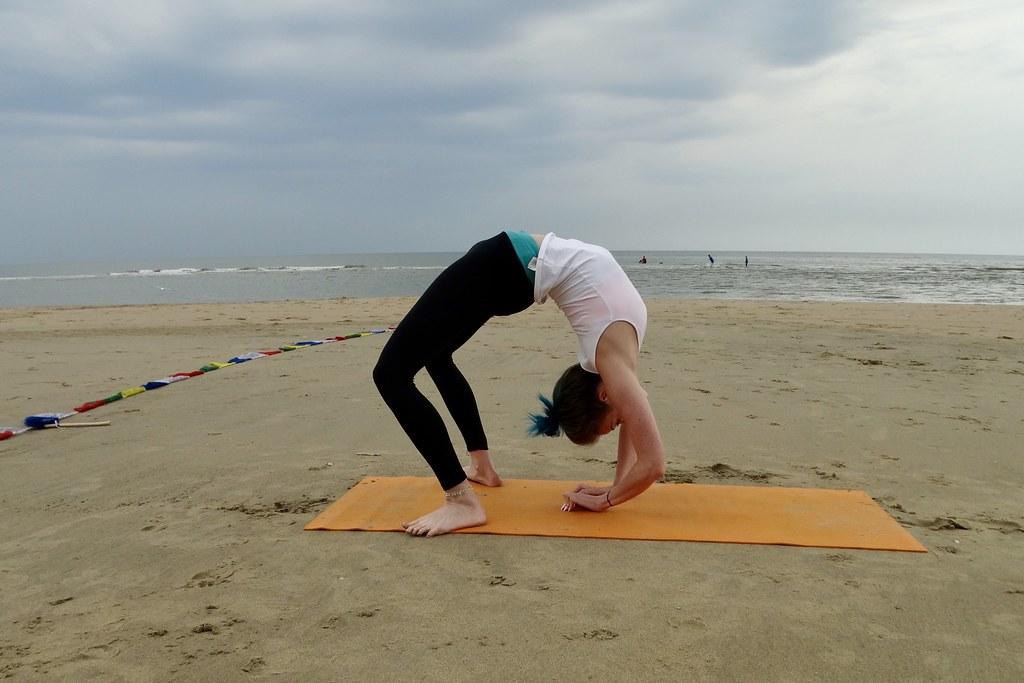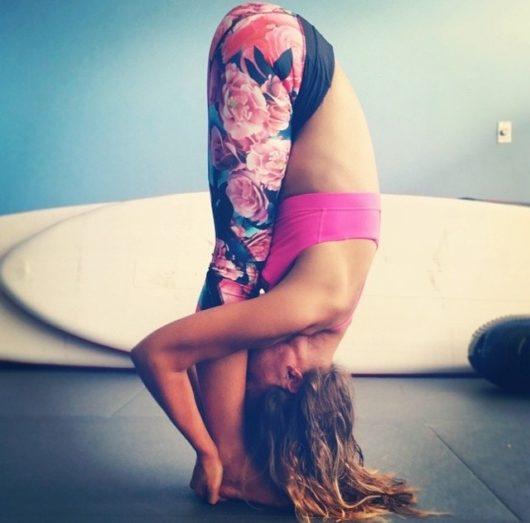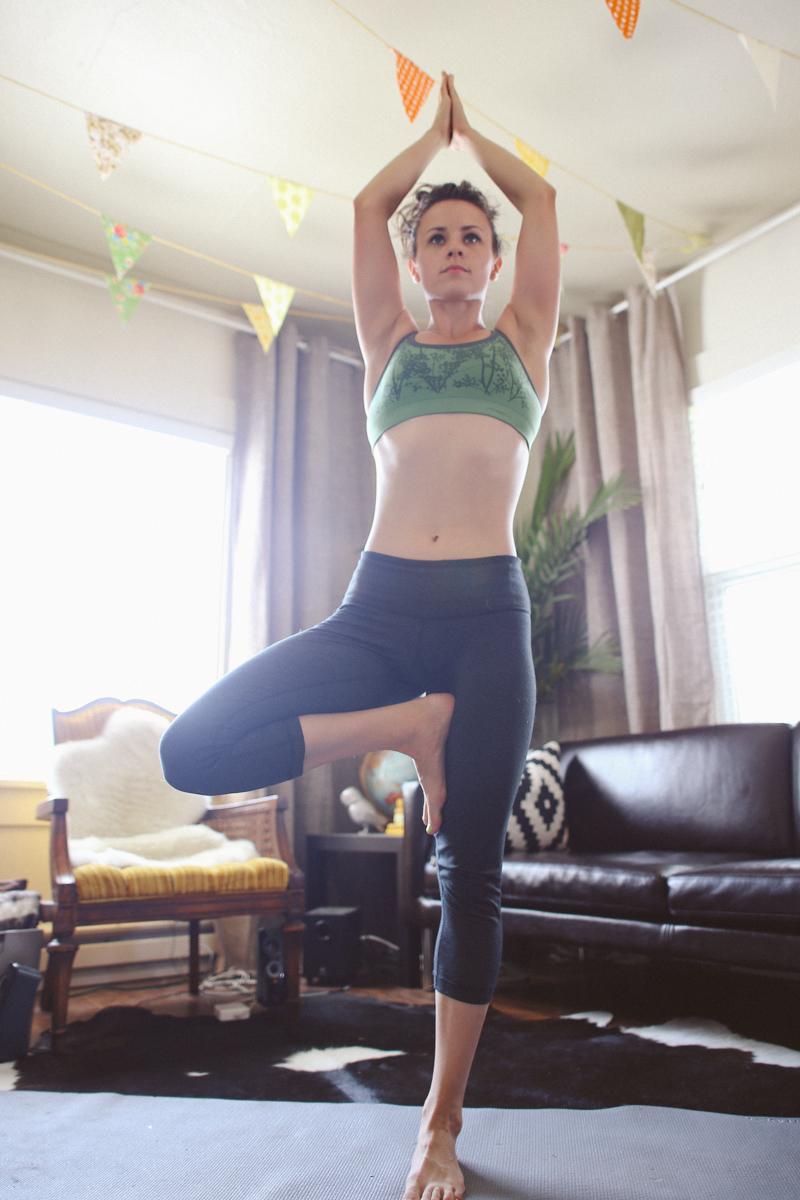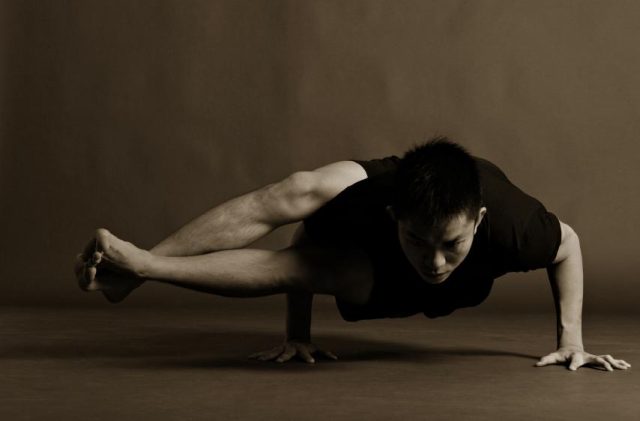In today’s fast-paced world, where stress and sedentary lifestyles have become the norm, finding ways to enhance both physical and mental well-being is more crucial than ever. Yoga, an ancient practice with roots in India, offers a holistic approach to health that not only nurtures the mind but also strengthens the body and increases flexibility. Whether you’re a seasoned athlete or someone just beginning their fitness journey, yoga provides a gentle yet powerful way to build strength and improve flexibility. This article will explore the myriad benefits of incorporating yoga into your routine, offering insights and practical tips to help you harness its transformative power. As you embark on this journey, remember that yoga is more than just a series of poses—it’s a path to greater balance, resilience, and harmony in your life.
Enhancing Muscle Power Through Mindful Practice
Incorporating mindful practice into your fitness routine can significantly enhance your muscle power. Yoga, in particular, is a profound practice that not only cultivates strength but also nurtures flexibility. When you engage in yoga, you’re doing more than just physical exercise; you’re fostering a deeper connection between mind and body, which is essential for muscle growth and recovery.
- Mind-Muscle Connection: By focusing on your breath and movements, yoga helps improve your mind-muscle connection. This heightened awareness allows you to engage muscles more effectively during workouts.
- Balanced Muscle Development: Unlike conventional strength training, yoga promotes balanced muscle development. It encourages the use of both major and minor muscle groups, ensuring comprehensive strength building.
- Improved Flexibility: Regular practice increases the range of motion in your joints, which can lead to more effective and safer strength training.
| Yoga Pose | Target Muscles |
|---|---|
| Downward Dog | Shoulders, Hamstrings, Calves |
| Warrior II | Quadriceps, Core, Shoulders |
| Plank Pose | Core, Arms, Glutes |
By integrating these poses into your routine, you not only build strength but also enhance your flexibility, which is crucial for preventing injuries and improving overall performance. The mindful aspect of yoga encourages you to listen to your body, making it a holistic approach to boosting muscle power.

Unveiling Flexibility: How Yoga Transforms Your Body
Yoga is more than just a practice; it’s a transformative journey that molds the body into a more resilient and supple form. Through a series of asanas, or postures, yoga enhances both strength and flexibility in a harmonious balance. Unlike conventional workouts that may focus solely on muscle building or stretching, yoga integrates these elements, resulting in a well-rounded physique.
- Improved Muscle Strength: Holding poses like Warrior II and Plank not only tones the muscles but also builds endurance. This helps in achieving a lean, strong body.
- Enhanced Flexibility: Regular practice of poses such as Downward Dog and Pigeon Pose gradually increases flexibility, making everyday movements more fluid and less prone to injury.
- Joint Health: Yoga’s gentle movements allow for a greater range of motion, which lubricates the joints and keeps them healthy.
To better understand how different yoga styles contribute to strength and flexibility, consider the following:
| Yoga Style | Strength Benefits | Flexibility Benefits |
|---|---|---|
| Vinyasa | Builds core and upper body strength through dynamic flow sequences. | Increases flexibility with continuous movement between poses. |
| Hatha | Focuses on posture alignment, which strengthens muscles over time. | Encourages deep stretching, enhancing overall flexibility. |
| Yin | Uses long-held poses to strengthen connective tissues. | Targets deep tissues, significantly improving flexibility. |

Guided Poses for Building Strength and Increasing Range of Motion
Incorporating specific yoga poses into your routine can significantly enhance both strength and flexibility. These guided poses are designed to target different muscle groups while also increasing your range of motion. Here are some recommended poses to help you achieve these benefits:
- Warrior II (Virabhadrasana II): This powerful stance strengthens your legs, core, and arms. It also opens your hips and chest, encouraging a full range of motion.
- Downward-Facing Dog (Adho Mukha Svanasana): A staple in many yoga practices, this pose elongates the spine and stretches the shoulders, hamstrings, and calves. It builds upper body strength and enhances flexibility.
- Bridge Pose (Setu Bandhasana): Focused on the lower back, glutes, and thighs, this pose is excellent for building strength while also opening the chest and improving spinal flexibility.
| Pose | Primary Benefit | Secondary Benefit |
|---|---|---|
| Warrior II | Strengthens legs | Increases hip mobility |
| Downward-Facing Dog | Builds upper body strength | Enhances flexibility |
| Bridge Pose | Strengthens lower back | Improves spinal flexibility |
By integrating these poses into your practice, you’ll not only cultivate a stronger physique but also develop a greater sense of balance and flexibility. Remember to focus on your breath and maintain a steady flow between poses to maximize their effectiveness.

Creating a Balanced Routine: Tips for Integrating Yoga into Daily Life
- Start Small: Begin by dedicating just 10-15 minutes each day to yoga. This manageable time frame makes it easier to stick with, gradually building up as you become more comfortable.
- Consistency is Key: Try to practice at the same time each day. Whether it’s morning, afternoon, or evening, aligning yoga with your daily routine will help reinforce the habit.
- Mix it Up: To prevent monotony, incorporate a variety of yoga styles. Vinyasa for energy, Yin for relaxation, and Hatha for balance can all play a role in keeping your routine engaging.
Integrating yoga into your daily life doesn’t have to be overwhelming. Use the table below to see how a balanced yoga routine might look over a week:
| Day | Yoga Style | Focus Area |
|---|---|---|
| Monday | Vinyasa | Strength |
| Tuesday | Yin | Flexibility |
| Wednesday | Hatha | Balance |
| Thursday | Restorative | Relaxation |
| Friday | Ashtanga | Endurance |
| Saturday | Iyengar | Alignment |
| Sunday | Rest Day | Recovery |
Remember, the goal is to create a routine that enhances both your physical and mental well-being. Listen to your body and make adjustments as needed, ensuring your practice remains a source of joy and fulfillment.








































